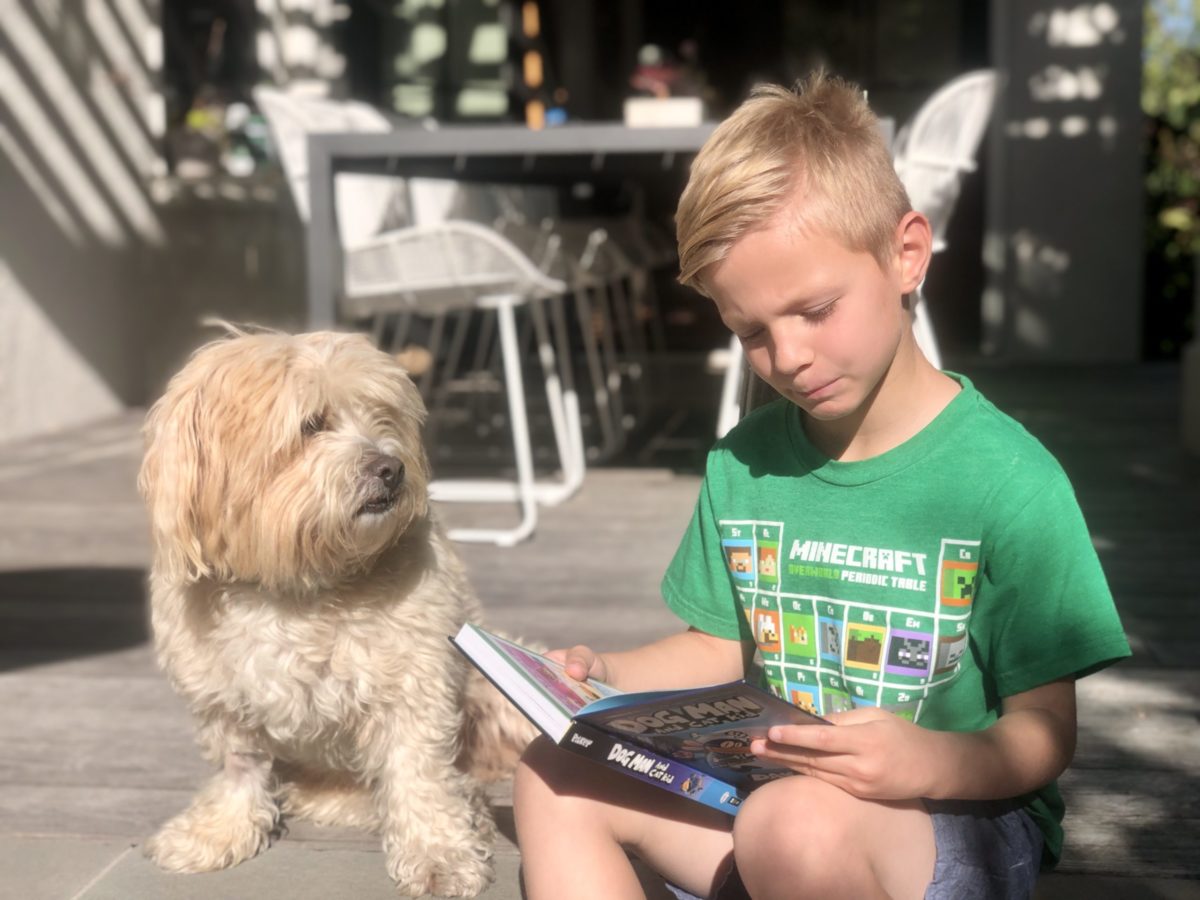Back-to-school season can be an exciting time for children, but a stressful time for dogs. After all, our pups love the extra time and attention enjoyed during summer vacation. During the coronavirus pandemic, our pets have been the beneficiaries of stay-at-home orders, as parents are often around more, too.
Plus, many families have adopted pets during the pandemic, so those dogs typically have little to no experience with being left home alone.
So how can we prepare our dogs if or when schools begin to reopen?
Danielle Fuchs, MSc, CPDT-KA, Behavior and Training Manager at East Bay SPCA, a nonprofit animal shelter in Northern California whose staff completed the Fear Free Shelters program, says a good place to start is having everyone in the household leave twice a day for a few minutes.
“You can go to your garden or the mailbox and just get the mail and come right back in,” she suggests. “Then try to vary the amount of time that you leave so it’s not super predictable and it’s happening on a regular basis.”
Since dogs need enrichment activities to engage their minds, she recommends providing dogs with a puzzle feeder, toy, or frozen Kong before we leave to make our exit “no big deal.”
“Also provide them with those types of puzzles when you’re home as well, so it doesn’t become a predictive indicator that you’re leaving,” she says. “If you always give them a piece of enrichment when you’re leaving, they might be able to associate that with you leaving and start to get worried when they get food enrichment.”
Similarly, a dog might associate a child picking up their backpack or putting on their shoes with leaving. Kids can make a game out of putting on their packs or shoes and then taking them right off instead of heading out the door.
Separation Distress or Separation Anxiety?
Dogs can have varying degrees of concern about being left alone. Some might simply feel bored and chew on objects to find something to do, while others might feel distress shown by panting, pacing or vocalizing.
In extreme cases, they might experience separation anxiety, a panic disorder that can be marked by urinating and defecating indoors, self-injury during attempted escape, and massive property destruction. Fuchs strongly recommends speaking to a trusted veterinarian or dog trainer for help with separation anxiety.
For dogs with milder symptoms, professional pet sitters, neighbors or family members can take dogs for walks to help break up their days and provide companionship.
Incorporating Dogs Into Homeschooling
Even if kids don’t go back to school full time this fall, it never hurts to prepare dogs for changes in routines since transitions are part of life, Fuchs says.
Meanwhile, parents helping their children learn from home during the pandemic can incorporate pets into homeschooling. For instance, a reward for completing an assignment or test could be playing an enrichment game with their dog. During breaks, kids can practice clicker training, crate training, or other skills so their dog is “in school,” too.
“Having kids get creative with DIY enrichment and making something for their pup before a stretch of time where they need to focus on something else could potentially work great,” Fuchs says.
Potential DIY projects:
- Egg cartons: Place kibble inside an empty egg carton and watch your dog try to open the container to get inside.
- Toilet paper tubes: Hide treats or kibble inside an empty toilet paper tube. Close with masking tape or other paper-based tape.
- Ice cube trays or paper cups: Freeze water and kibble to create a “Pupsicle” to lick on warm days.
- Tissue boxes: Poke a few holes in an empty box so that kibble inside can fall out as your dog plays with it.
- Paper bags: Put kibble inside a paper bag and fold it over. Give the bag a rattle and watch your dog shred the bag to get to the prize inside!
Fuchs emphasizes that incorporating mental enrichment and alone time into our dogs’ daily schedules will benefit them – and us – both now and later.
“If your dog is relaxed and happy, you’ll be happier,” she says.
This article was reviewed/edited by board-certified veterinary behaviorist Dr. Kenneth Martin and/or veterinary technician specialist in behavior Debbie Martin, LVT.
Award-winning journalist Jen Reeder is former president of the Dog Writers Association of America.








